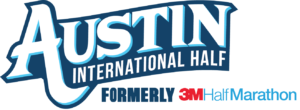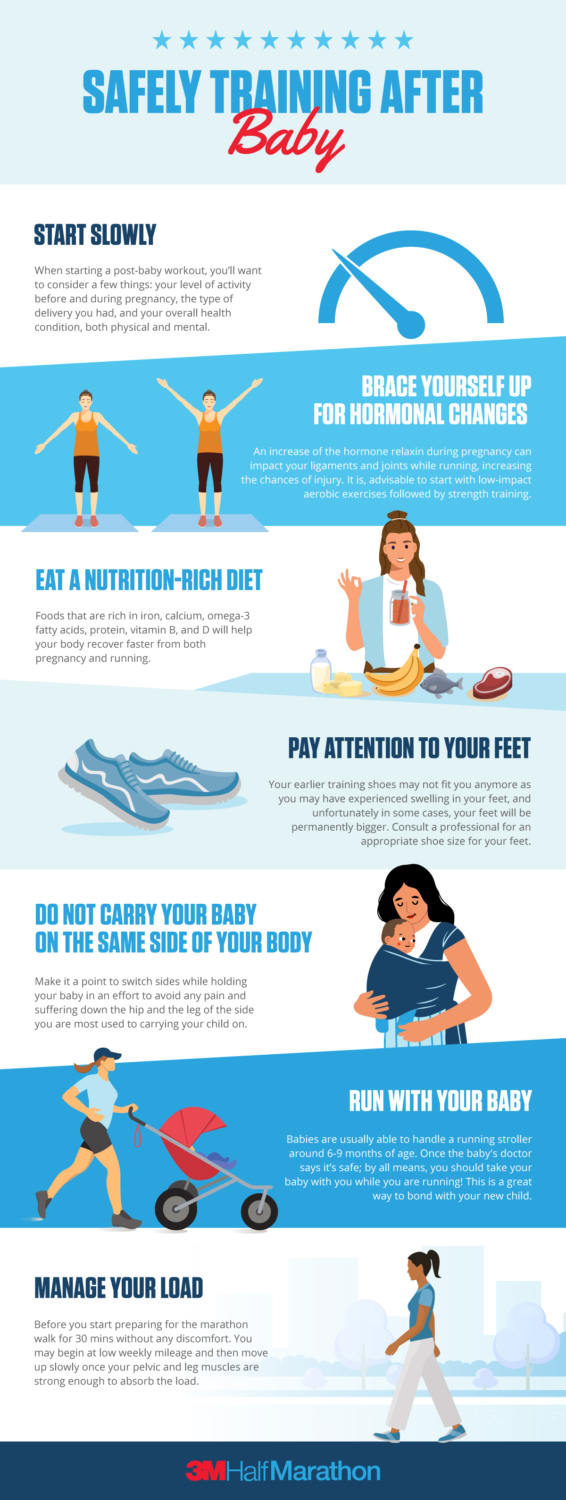Make the most of your return to running with our advice
Lace-up your shoes and let’s go! Now is the right time to return to running. Whether you’ve been out for six weeks or two years, start today! Remember: once a runner, always a runner.
Eventually, during everyone’s running journey there comes a time when a hiatus from running happens. It might be from an injury, work, school, burn out, etc. Life happens to all of us and that’s okay. It doesn’t matter if you took a short or long break from running, what matters is you are ready to return to running! We are here to encourage you to take the first steps back in confidence both physically and mentally. Take one small step for your running journey and one giant leap for YOURSELF. Utilize our summertime running advice if you’re making your return when the temps are higher.
In the beginning, avoid the following
- doing too much
- going too fast
- returning too soon
These are the three most common mistakes that lead to injury during one’s return to running. Too much volume, too fast of a pace, too early in the training program. As runners, we have a tendency to want to jump back in where we left off.
We must remember that our bodies are highly adaptive to how we train. They need time to build back up when we take off. All the energy systems, muscles, bones, ligaments, and tendons need to adapt to the increased stress that running requires of them to stay healthy. Consider the amount of time you have taken off and where you want to go. This will help you find a training program that is right for you.
Change it up during your return to running
Stay healthy during your return to running by switching it up. Include cross-training, strength training, and training with friends. Cross-training is anything other than running you can do for cardio. For example, biking, swimming, cardio circuit, hiking, elliptical, versa climber, rowing, etc. Cross-training uses different muscles and adjusts impact to avoid overuse injuries. Adding in strength training can help your body adapt and prepare for running’s impact. Proper strength training helps the body stay resilient.
The running community provides endless benefits! Including training sessions with friends can be good for the soul and push you further. Solo workouts are important too, but training with friends provides undeniable accountability. Switching up your training can keep you healthy, help you get stronger, and keep you on track with your plan.
One foot in front of the other
As much as running is physical, almost every runner will admit there’s a mental component too. The first few runs back can feel frustrating and daunting. During your return to running, tell your ego to be quiet. It is easy to get distracted by thinking
- “I used to run this time and now I am running this”
- “Will I ever be able to run that pace again”
- “This feels uncomfortable how did I do this”
Take a deep breath and remember, “YES!” You can run those times again, you will return to running longer distances, you will feel more and more comfortable. After you have built up a running base once the next times are easier. Half the battle is showing up. So show up, blast some tunes, and put one foot in front of the other during your return to running!
Returning to running after a hiatus or injury can be both challenging and rewarding. By following the steps outlined in this guide, you can gradually rebuild your fitness, prevent injuries, and reignite your passion for running. Remember to start slowly, listen to your body, and prioritize rest and recovery. Consistency, patience, and perseverance are key to a successful comeback. Celebrate small milestones along the way and enjoy the journey of getting back into the rhythm of running. Whether you’re aiming to complete a race or simply run for your own well-being, this guide has provided you with the tools and knowledge to make a triumphant return to the sport you love. Lace up your shoes, hit the pavement, and embrace the joy of running once again. Happy running!





